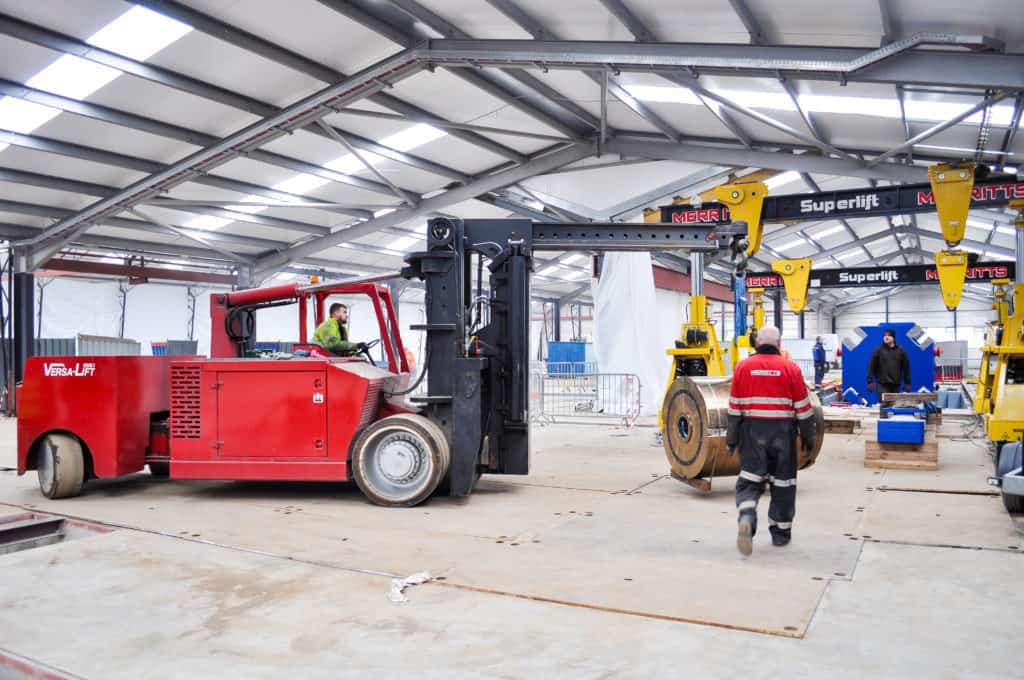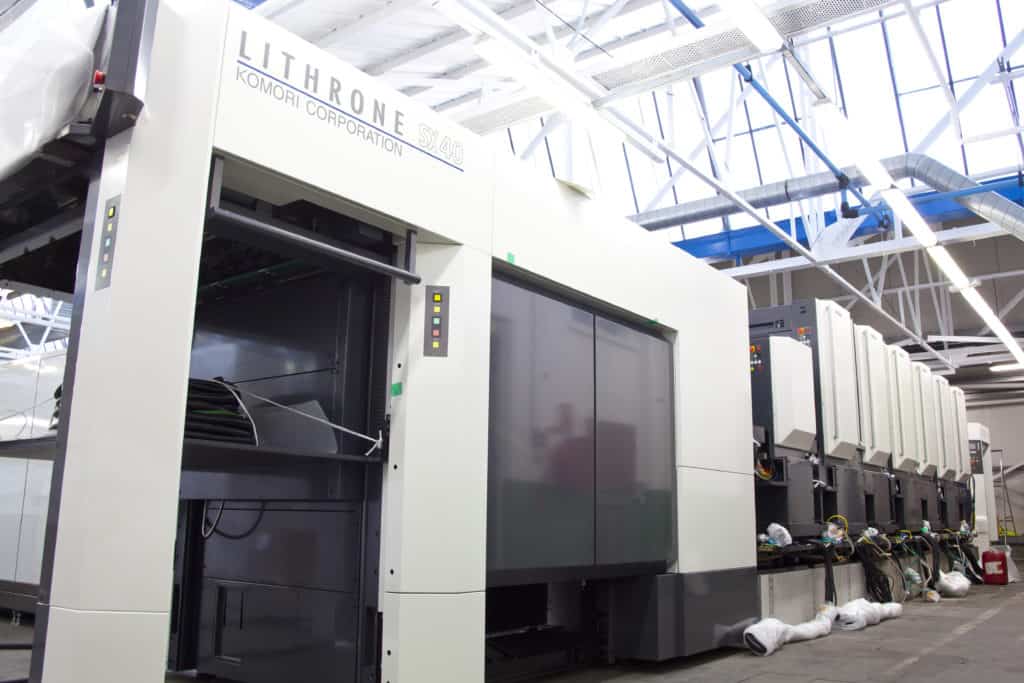Call FREE: 0800 046 9840
Email us: enquiries@merritts.uk.com


When it comes to heavy machinery moving projects, precision and expertise are paramount. The process demands meticulous attention to detail and a nuanced understanding of the task at hand. There are many critical phases in this process but when it comes to assembly and installation each has its own distinct challenges and requirements.

Understanding Heavy Machinery Assembly
Heavy machinery assembly serves as the foundation stage required to bring complex equipment to operational status. It involves the meticulous construction of individual components, in the controlled environment of factories or workshops and adherence to health and safety rules and regulations.
The assembly process typically follows detailed engineering plans and involves skilled technicians, adept at handling various mechanical, electrical, and hydraulic systems.
At its core, heavy machinery assembly or commissioning entails the following key steps:
- Component Preparation: This involves organising and preparing the various components required for assembly, ensuring that everything is present and in good condition before the commencement of the process.
- Mechanical Assembly: Assembly technicians meticulously piece together the mechanical components of the machinery, following precise instructions and utilising specialised tools and equipment.
- Electrical Wiring and Integration: Many modern heavy machinery systems are intricately linked to electrical and electronic components. As such, the assembly process often includes the wiring and integration of these systems, ensuring seamless functionality.
- Quality Control and Testing: Before the machinery is deemed ready for installation, rigorous quality control checks and testing procedures are conducted to identify any potential issues or discrepancies.
The Intricacies of Heavy Machinery Installation
While assembly lays the groundwork, installation represents the culmination of meticulous planning and execution. Heavy machinery installation involves transporting the assembled components to the designated site and integrating them into their operational environment. Unlike assembly, which typically occurs in controlled settings, installation often takes place in real-world conditions, involving many external factors that present unique challenges and considerations, such as roads, rail freight, shipping, and the industrial environments from which the heavy machinery is being moved from and to.
The installation process encompasses several critical phases:
- Site Preparation: Before installation can commence, the designated site must undergo a thorough survey in preparation to accommodate the machinery. This site survey may identify the need to level the ground, reinforce foundations, or make adjustments to existing infrastructure.
- Transportation and Rigging: Transporting large and heavy machinery components to the installation site requires specialised logistics and equipment and skilled rigging techniques to safely manoeuvre and position components onto transport and into position onsite.
- Alignment and Calibration: Once the components are in position, meticulous alignment and calibration procedures are carried out to ensure optimal functionality. This may involve precision measurements and adjustments to achieve the desired performance parameters.
- Integration and Commissioning: The final phase of installation involves integrating the machinery into its operational environment and commissioning it for use. This includes conducting comprehensive system checks, startup procedures, and performance testing to verify that everything functions as intended.
Navigating the Distinctions
While heavy machinery assembly and installation are interconnected processes, each serves a distinct purpose within the broader scope of equipment deployment. Assembly focuses on constructing the machinery itself, with an emphasis on precision engineering and quality control. In contrast, installation encompasses the transportation, positioning, and integration of the assembled components into their operational environment, often under real-world conditions.
Ultimately, both assembly and installation require a collaborative effort involving skilled technicians, engineers, project managers, and professionals experienced in moving, assembling, installing and commissioning heavy machinery.
By understanding the nuances of each phase and adhering to best practices, stakeholders can ensure the successful deployment of heavy machinery systems, facilitating efficiency, productivity, and safety across various industries.
Merritts has an extensive range of modern vehicles; most of which have been custom built to our own specification to fulfil the requirements of the machine transport & installation industry. We have also spent decades moving and installing varied types of machinery, across multiple sectors, within difficult environments. This experience ensures we can cope with any eventuality, giving you peace of mind that your heavy machinery moving project will run like clockwork.
